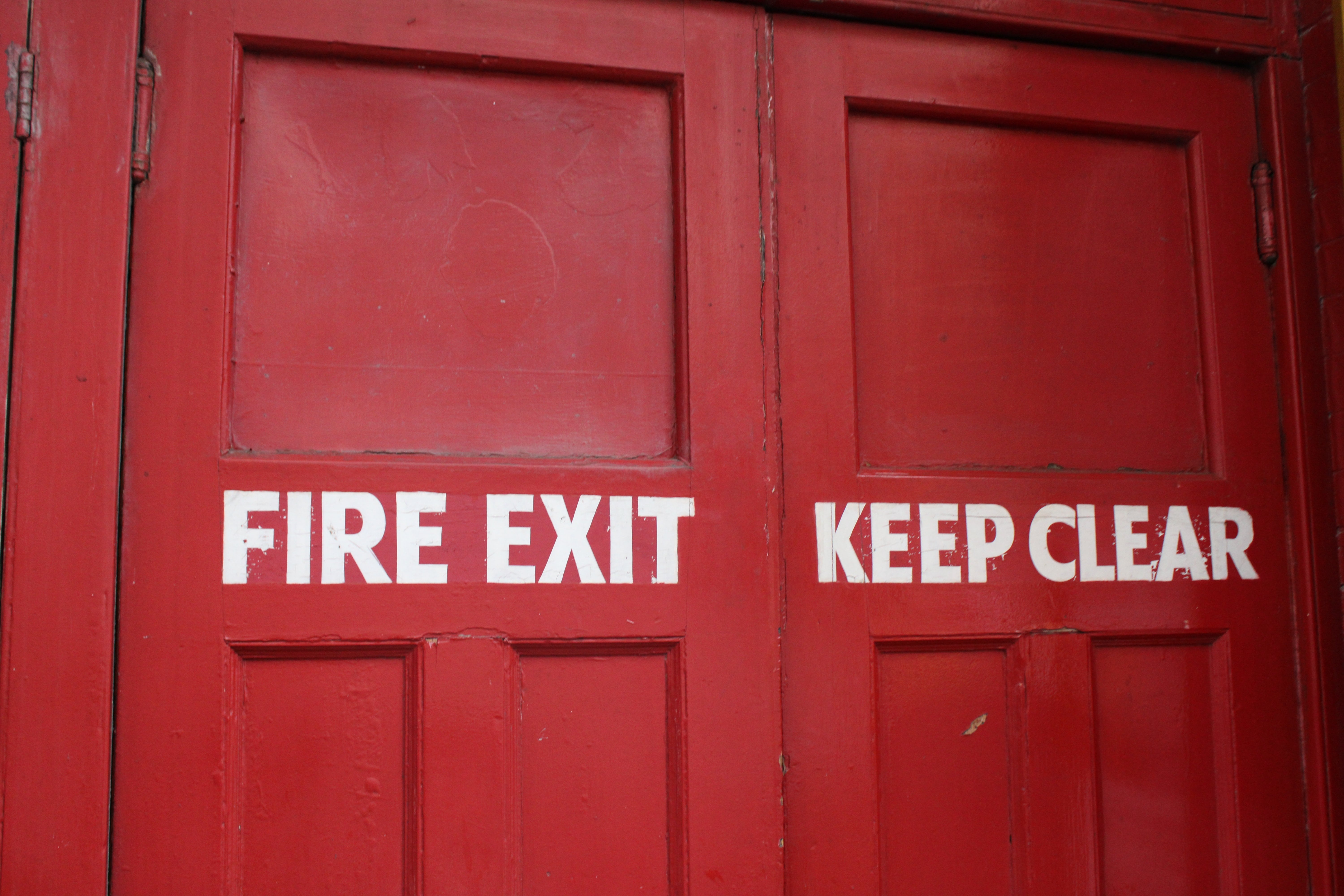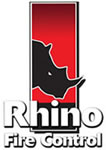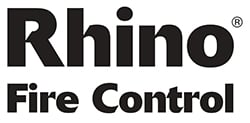
What Components Are Vital For A Fire Door?
Fire doors offer effective protection against the spread of smoke and flames so that, in the event of a blaze, people can safely evacuate a building. Unfortunately, many businesses do not have compliant fire doors installed on their premises: earlier this year, a report by the Fire Door Inspection Scheme (FDIS) revealed that 75 percent of fire doors inspected in UK buildings did not comply with required standards, putting lives in danger and threatening ‘a tragedy waiting to happen’.
Because of the risks associated with non-compliant fire doors, you should always purchase your doors from a trusted supplier. Fire door components must meet established EN safety standards to ensure they deliver effective protection and to protect your business against prosecution if substandard parts are found during an inspection.
So, what are the components of a fire door that every workplace should have?
Hinges
Hinges play a vital part in protecting the integrity of fire doors. Three hinges are usually used: steel or brass hinges for an FD30-rated fire door, and steel for an FD60-rated door. Single axis hinges must comply with BS EN 1935 (Building Hardware: Single Axis Hinges) standards and should allow the door to close from any open position.
Closers
Closers must, by law, be fixed to all fire doors to prevent them from remaining open, allowing fire and smoke to spread uncontrolled through a building. Two types can be used for fire doors to ensure they close fully after someone passes through:
-
Overhead closers are positioned above the door and can be adjusted for different sizes and weights of doors, so that they close efficiently and quickly.
-
Concealed closers offer the same functionality but are built into the door and the wall so cannot be seen as prominently.
Closers must be strong enough to close the fire doors from any opening angle and must not be inhibited by the sealing system or latch. They must conform with BS EN 1154 (Building Hardware: Controlled Door Closing Devices).
Locks And Latches
A variety of suitable locks and latches are available for fire doors, but all variants must be CE marked and comply with BS EN 12209 so that the door remains closed within the frame unless opened manually. If a latch will not adequately perform this action, a lock must also be fitted.
Panic And Emergency Exit Devices
It is imperative that people can evacuate from a building quickly if a fire is suspected. Fire doors that lead to escape routes should be fitted with one of two types of devices to enable rapid opening of the door:
-
Panic exit devices, typically a horizontal bar, are intended for fire doors operated by members of the public who may panic in an emergency evacuation.
-
Emergency exit devices, usually a push pad or lever, are for use by trained personnel who are likely to remain calm in a fire.
Contact Us For More Information
At Rhino Fire Control, we have over 30 years of experience fitting high-quality fire doors to protect against the spread of smoke and fire in food manufacturing premises.
To find out more, please call us today on +44 1278 422705 or send us a message and our specialists will be delighted to assist you.
Image source: Unsplash




